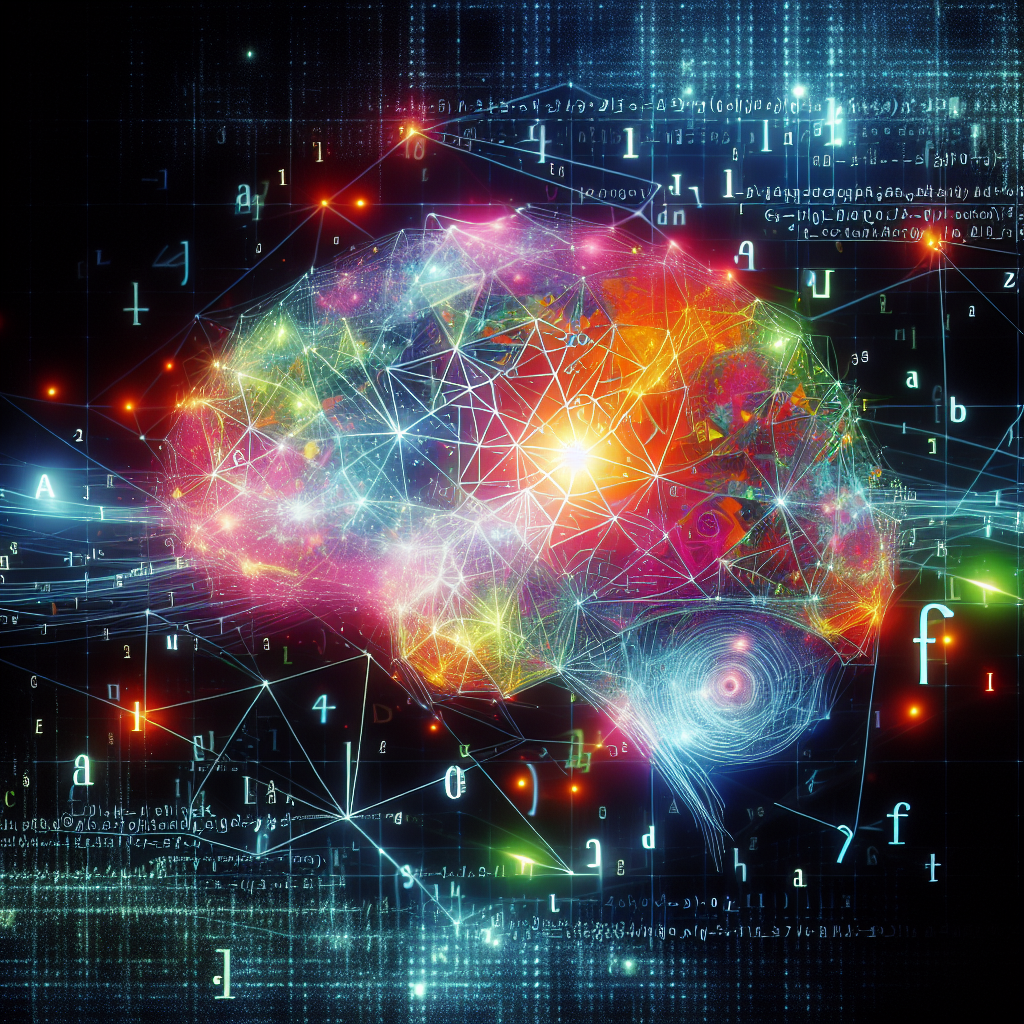Your cart is currently empty!
Breaking Down the Basics of Generative AI

Generative AI, also known as generative adversarial networks (GANs), is a cutting-edge technology that is revolutionizing the way we create and interact with artificial intelligence. This innovative approach to AI has the ability to generate new, realistic data based on patterns and examples it has been trained on.
At its core, generative AI is comprised of two neural networks – a generator and a discriminator – that work together to create new content. The generator takes random noise as input and generates new data, while the discriminator evaluates the generated data to determine if it is real or fake. Through this process of competition and collaboration, the two networks continuously improve and refine their outputs.
One of the key advantages of generative AI is its ability to create new, unique content without the need for human intervention. This opens up a world of possibilities for various industries, including art, design, and entertainment. For example, generative AI can be used to create realistic images, music, and even text that mimics human creativity.
However, generative AI is not without its challenges. One of the main concerns is the potential for bias in the generated data, as the AI learns from the datasets it has been trained on. This can lead to unintended outcomes, such as perpetuating stereotypes or creating unethical content. It is crucial for developers to implement safeguards and ethical guidelines to prevent these issues from arising.
Despite these challenges, generative AI holds great promise for the future of artificial intelligence. By breaking down the basics of generative AI, we can better understand its capabilities and potential applications. As this technology continues to evolve, we can expect to see even more innovative and creative uses of generative AI in the years to come.

Leave a Reply